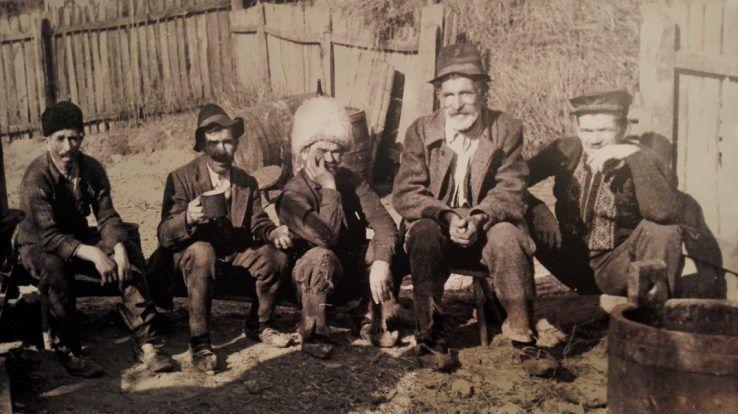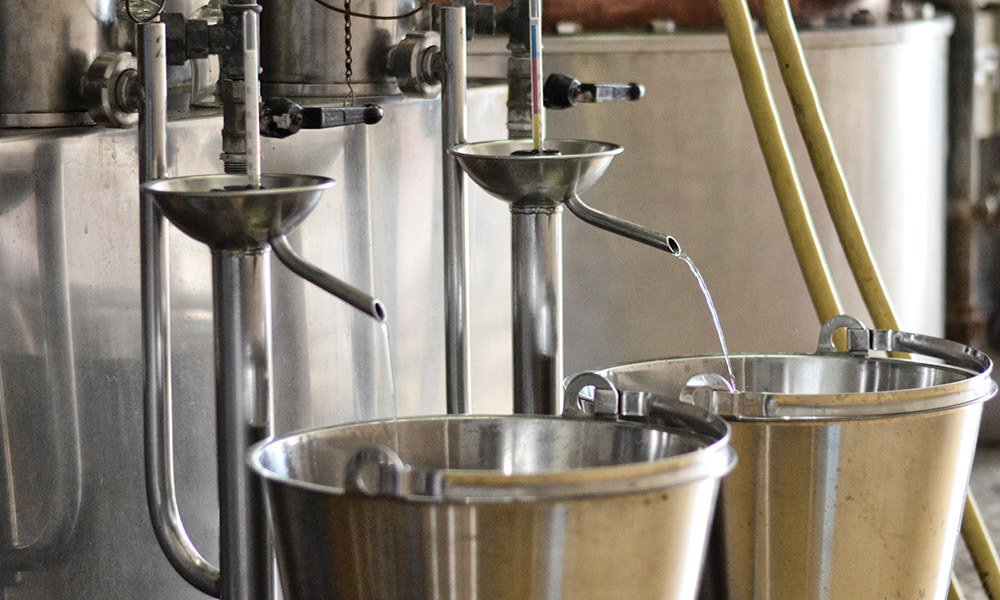THE STORY OF BRANDY
A DRINK THAT SHARES THE FATE OF A NATION
The word rakija originates from the Arabic language (al-arak, which means “sweat”) and appears in similar variations in all Balkan countries.
Rakija has been inextricably linked to Serbian culture and history for centuries. The technique of making brandy can be traced back to the 14th century, and there is material evidence that the first Serbian brandies were made from wine pomace. It was favourable in every respect, because it was not demanding for production and storage, even in periods of poverty. Rakija was easy to transport, so it was the most common drink when the population fled from invading armies, thus sharing the fate of people.
An additional incentive for the spread of rakija in Serbia was the spread of phylloxera in vineyards in the late 19th century. Since then, although the vineyards have never completely disappeared, fruit brandy (primarily plum brandy) has retained its primacy on the traditional Serbian table.
In Serbia, brandy has reached cult status. It accompanies a person in every situation, in many rituals and ceremonies, but also in everyday situations, whether we drink alone or in company.
Myths and stories are spun about brandy, but in fact the foundations are still being built for brandy to reach the position it deserves. . It is a drink that is always accompanied with tradition, so it is very important to give legitimacy to a specific brandy and to prove how it is made according to the secret recipe of the famous great-grandfather, that it is completely natural, that it is strong but very drinkable, and that it’s a privilege to taste it and raise a toast on that particular occasion.
With all this in mind, our approach is easy to understand: we have selected top quality fruit, applied modern technology that best preserves natural aromas of the fruit, and our technologist has carefully determined its strength to make the whole experience of our brandies harmonious and authentic.

IN THE DISTILLERY
WE KEEP TRADITION, WE RESPECT NATURE,
WE CREATE A WEALTH OF TASTE
The foundations of brandy production in the Ilić family were laid by Deda Bogica, who passed them afterwards on to his son, and subsequently to his grandson Slobodan. If we asked him how good brandy is made, he would say that brandy production process starts in the orchard. After picking, he crushed the fruit and put it in “kaca” (a traditional wooden open top fermentor) a few weeks to ferment into “džibra” (fermented fruit mash). Then he would light a fire under the pot still and pour the fermented fruit mash because the alcohol begins to evaporate under the influence of high temperature. The steam collects in the onion head and passes through a condenser coil. The steam in the condenser coil cools and condenses, then leaks into the collection cup. In the end, brandy is placed in barrels to age and infuse color, flavors and aromas that come from the wood.

With the advancement of technology of alcoholic beverage production, conditions have been created for this process to be strictly controlled. However, the principles applied by Grandpa Bogica remained unchanged. It always starts with choosing the best fruit from the orchard, the equipment looks different, but allows uniform production of much larger quantities of traditional brandy.
Our distillery grows alive in the period of brandy production, it fills with sweet aromas of fruit, whilst our technologist inspects samples in the lab, to ensure that the best properties of fruit are transferred to the drink. In the production section of the winery and in the barrel cellar, the wines of Pruna winery are made under the supervision of our oenologist Radovan Djordjević, PhD.
ORCHARDS
WE GROW FRUIT WITH GREAT ATTENTION AND LOVE,
WHAT EACH SIP REVEALS
Orchards owned by Pruna were planted in 2015, and during the selection of fruit, special attention was paid to selecting optimal varieties that will give the best results in this climate.
Growing fruit in orchards allows us to ensure timely care and protection of orchards throughout the biological plant development cycle. The goal is to know local climate, soil and terroir in order to determine potential of local fruit to produce healthy yield rich in vitamins, minerals and other elements.
Currently, our orchards contain the following fruit: plums, quince, sour cherries, apricots and pears.
